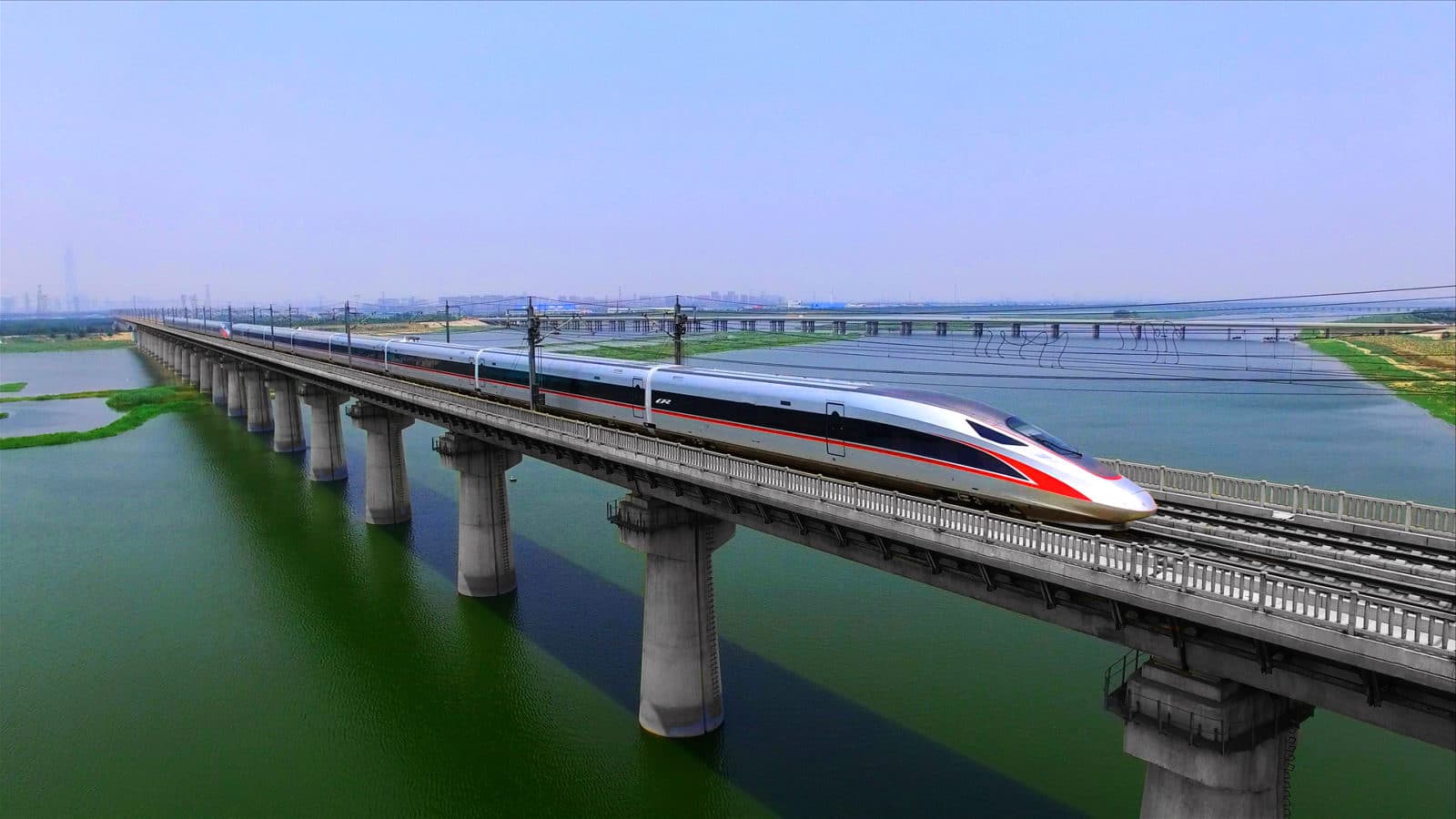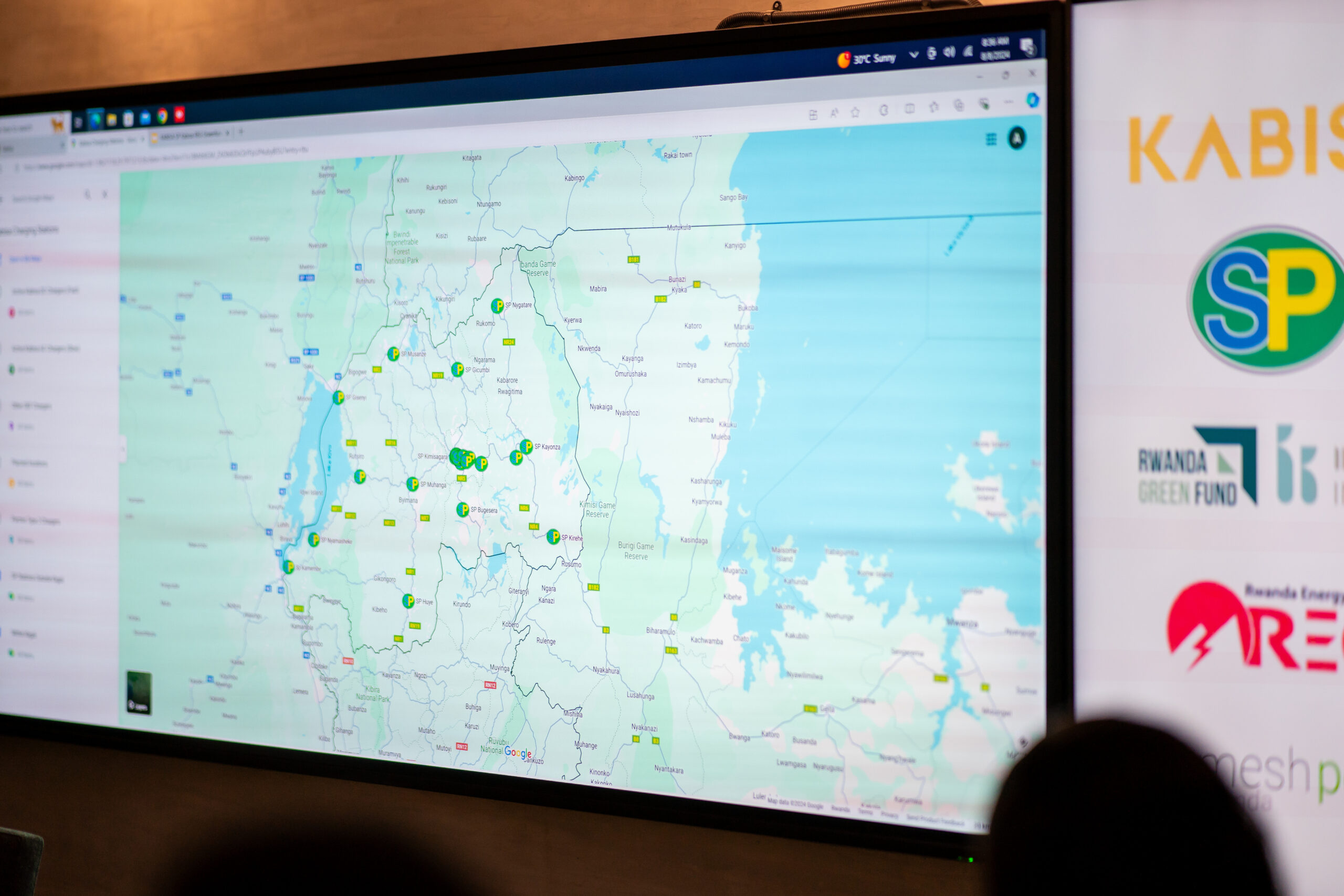Sign up for daily news updates from CleanTechnica on email. Or follow us on Google News!
This month has witnessed the commercial opening of the first high-speed train line in the world’s southern hemisphere. The new rail line, between the Indonesian cities of Jakarta and Bandung, cuts journey time from around 3 hours, down to just 45 minutes.
The new train line started commercial passenger operations on October 2nd, after a ceremonial opening by Indonesian president, Joko Widodo, on the same day. The formal opening came after several months of technical testing, and some limited trial runs for passengers in September.
The line connects two of Indonesia’s largest cities, both on the island of Java, the nation’s most populous island: The national capital (and largest city) Jakarta, with 11.25 million residents, and the fourth largest city, Bandung, with 2.67 million residents.
Both cities are situated towards the western end of Java, separated by a distance of 142 km (88 miles), and this is just the first section of the high-speed line to open. There are plans to continue the line onwards, from Bandung city node, all the way to Surabaya — Indonesia’s second largest city (pop. 3.04 million) — on the eastern end of Java. This would give the line a length of roughly 800 km, depending on the exact routing.
The new line, running on 1,435 mm international standard gauge, uses a variant of existing CR400AF trains capable of running at an astonishing 420 km/h (261 mph). On this particular line, the trains have already been tested at up to 385 km/h (239 mph), though they will typically top out at around 350 km/h (217 mph) in normal commercial operation.
The total journey time from Jakarta to Bandung is initially scheduled at 46 minutes, but could go as low as 36 minutes in the future, according to the operator, KCIC. There are two stops along the way, at Karawang (still under construction), and Padalarang. The current pricing for the Jakarta to Bandung journey is from Rp. 150,000 (around €9, US$10), though this is an early promotional price, and may be closer to 300,000 in the future.
Once phase two — from Bandung to Surabaya — opens in the coming years, the total travel time between Indonesia’s two largest cities will be much improved. The ~800km journey time will be reduced from the current 8+ hours by regular train, down to perhaps 2 to 3 hours.
In general, high-speed rail journeys of up to 4 hours almost always displace most flights serving the same route, since they end up being quicker overall, more reliable, and more comfortable. For the newest lines that maintain very high average speeds over long distances, the rail vs plane advantage can extend to 5 hours. Since all high-speed rail runs on electricity, it is already the least polluting form of transport per passenger km, for long distance travel. High-speed rail will get cleaner still as electricity grids incorporate cleaner sources.
This new KCIC high-speed rail service is a joint venture between a grouping of Indonesian rail companies — PT Pilar Sinergi BUMN Indonesia — which has 60% ownership, and a similar grouping of Chinese rail companies — Beijing Yawan HSR Co. Ltd — which holds the remaining 40%.
The KCIC line uses technology and hardware (including rolling stock) already proven out in China’s extensive high-speed rail network. As of the end of 2022, China had 42,000 km (26,000 miles) of operational high-speed rail lines, representing over two thirds of the world’s total. The high utilisation rates mean that likely an even higher proportion of the world’s high-speed rail passenger-kilometres are travelled in China.
China also has the world’s highest speed commercially operating rail line, the Shanghai Maglev Train, which opened far back in 2004, and regularly travels at speeds up to 431 km/h (268 mph). I was fortunate enough to ride on this line in 2007, and it was quite an experience.
The new KCIC line is initially operating under the guidance of Chinese technicians and engineers, whilst local Indonesian rail staff are trained to gradually take over the operations over the coming couple of years.
Wondering what it is like on board Indonesia’s new high-speed rail line? Take a look at this video from an early passenger (you can turn on captions and translation):
Have a tip for CleanTechnica? Want to advertise? Want to suggest a guest for our CleanTech Talk podcast? Contact us here.
EV Obsession Daily!
I don’t like paywalls. You don’t like paywalls. Who likes paywalls? Here at CleanTechnica, we implemented a limited paywall for a while, but it always felt wrong — and it was always tough to decide what we should put behind there. In theory, your most exclusive and best content goes behind a paywall. But then fewer people read it!! So, we’ve decided to completely nix paywalls here at CleanTechnica. But…
Thank you!
Community Solar Benefits & Growth
CleanTechnica uses affiliate links. See our policy here.






